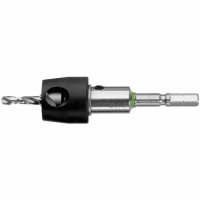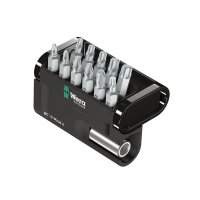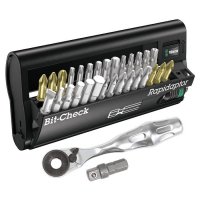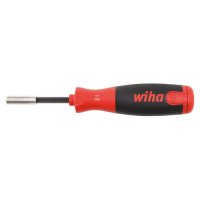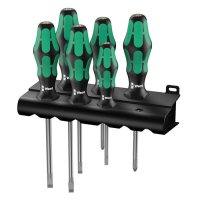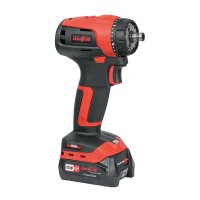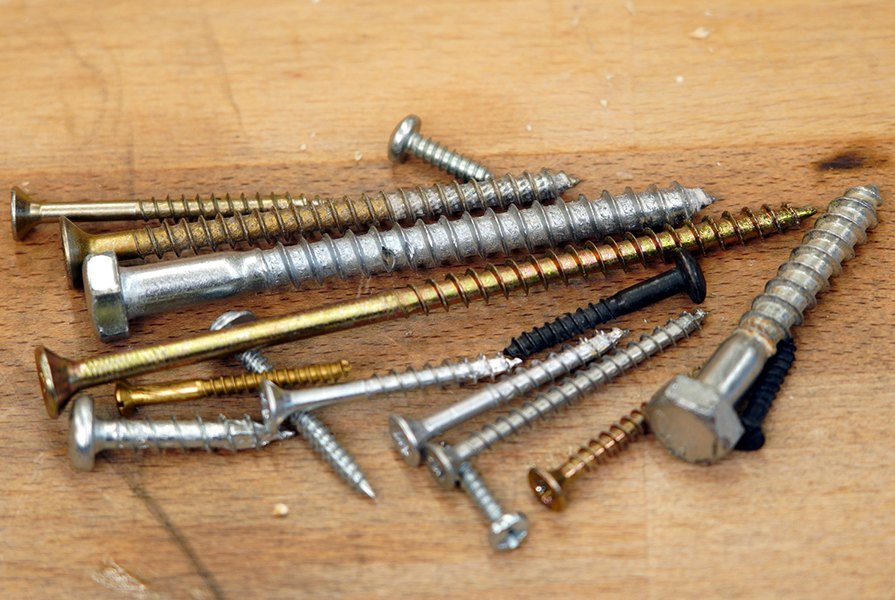
For quickly and effortlessly joining pieces of furniture, building wooden structures, and securing wall panels or decking, screws are a handy solution. However, things can quickly go awry when working with wood screws. The wood may split, the screw may spin without holding properly, or the screw head may become damaged. In this post, you'll learn how to choose the right screws for your project and how to handle wood screws properly.
Advantages of screws:
- Easy to use. Joining two wooden pieces with screws is very straightforward and doesn't require great skill. There's no need for training to screw a board to a beam.
- Quick processing and immediate hold. Unlike wood glue, which always needs time to cure, screwed joints are instantly secure and can be put under load.
- Releasable connection. As long as the screw head hasn't been damaged, screwed joints can usually be undone quite easily. With glued joints or other fasteners such as dowels and biscuits, this is nearly impossible.
- On-site assembly. Larger pieces of furniture or wooden structures can be assembled at the installation site. Until then, they are broken down into individual parts or assemblies and are easily transported. Assembly on site with screws is usually easily done.
- Attaching metal parts. Fittings, hinges, and connectors made of metal or plastic can be securely attached to wooden parts with screws.
1. Consider the direction of the grain
Wood screws that are screwed across the grain (tangentially or radially to the annual rings) hold better than screws that are positioned in the direction of the longitudinal fibres (in the end grain). If the position of the parts does not allow screwing across the grain, you should use the longest screws possible. However, it is often more stable and easier to implement additional connecting elements (e.g. wooden strips as supports or metal angles).
2. Consider the shrinkage behaviour of wood
Wood works and changes its dimensions depending on humidity. If wider wooden surfaces are firmly connected to a construction, the wood cannot shrink or swell, and visible cracks appear over time. Traditionally, solid wooden tabletops and wooden chair seats are not firmly screwed to the frame but are connected by slot nuts or sliding dovetails. With screwed connections, you can drill slightly larger holes or oblong holes so that the screws can move with the wood.
3. Use screws that match the construction
There are suitable wood screws and connecting options for almost every task and requirement. It's impossible to consider all of these within a blog post. Please consult your retailer for the various options. Here are just three examples: :
- To connect furniture parts that are light and only slightly stressed, use shank wood screws, so-called partial thread screws. The shaft pulls the components tightly together. Full thread screws provide more hold, but when screwing, the wooden parts push apart, often leaving a visible gap.
- To connect two beams in timber construction or interior work, sturdy wood screws with a large hexagonal head (key screws) with additional washers are suitable. These screws can be tightened very firmly with open-end spanners or ratchets. The flat screw head and the washer distribute the forces over a larger area.
- Substructure and simple battens are quickly mounted with drilling screws and universal screws with drill tip. However, they are only suitable for simple tasks where beauty or clean workmanship are not essential.
4. Choose the right screw length
Select the length of the screws according to the load on the components. In furniture construction, this should be at least twice the material thickness of the part to be fastened (e.g. 19 mm material thickness = 40 mm screw). For heavily loaded components and load-bearing constructions, the screw length is at least three times the material thickness.
5. Always pre-drill wood screws!
Unless you are using drilling screws, you should generally pre-drill wood screws. Otherwise, there is a risk that the wood will split lengthwise, or pieces will chip off.
What diameter should wood screws be pre-drilled?
Pre-drill in the »core diameter« so that the thread can grip, and the screw finds optimal hold. The core diameter is the smallest diameter on the thread or the diameter of the inner cylinder between the thread. If you are not installing partial thread screws, you should pre-drill the part to be screwed to the »nominal diameter«. The nominal diameter is the largest diameter of the screw thread, usually indicated as the first number of the screw size (e.g. 3.5 x 40).
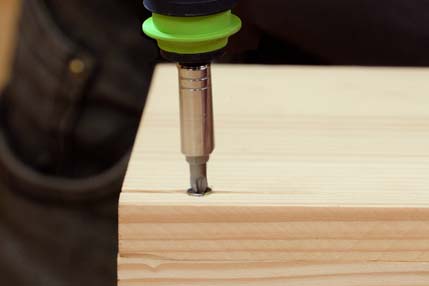
If not pre-drilled, the wood may splinter!
6. Always countersink flat head and pan-head screws
If the wood screws you are using are flat head or pan-head screws, you should also countersink the holes. This is done with a taper countersink or a add-on countersink. Drill countersinks with depth stop are particularly practical, as the drilling depth and the depth of the countersink can be adjusted to match the screw. If the hole is not countersunk, the tapered screw head will push the wood fibres apart and the wood may split despite pre-drilling.
7. Use appropriate screwing tools
To avoid damaging the screw head when screwing in or loosening the screw, a screwing tool with a suitable blade or bit must be used. If the shape and size do not match the screw head or the slot (the expert refers to this as »screw drive«), the tool slips off and, in the worst case, the screw becomes unusable or can no longer be screwed in or out. Pay attention to the quality when choosing screwdrivers and bits. Cheap bits are often of inferior steel quality. They are too soft, deform, or do not fit perfectly into the screw heads.
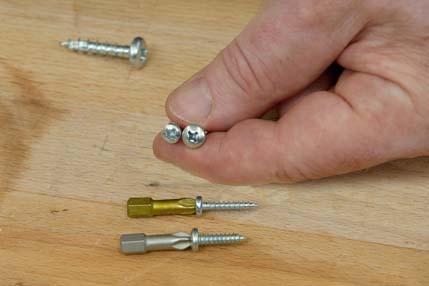
Similar, but not the same: Phillips and Pozidriv screws
8. The appropriate torque
Tighten wood screws with the right force or appropriate torque. To do this, switch the cordless screwdriver from »drilling« to »screwing« and select a slow speed setting. Since wood is not a homogeneous material and the amount of force required can change during screwing, choose a comparatively high torque if the cordless screwdriver offers this option. Due to the low number of revolutions, you can control the insertion of the screw well and stop it in time. Choose a lower torque only for mounting delicate materials (e.g. plasterboard) or processing very soft woods (e.g. spruce).
9. Hand-tighten slotted screws
Slotted screws are mostly used nowadays for decorative purposes or for attaching fittings. To achieve a harmonious overall appearance, the slots of the screws should all point in the same direction (e.g. diagonally or lengthwise). To do this, the screws are aligned by hand with a screwdriver. Additionally, with cordless screwdrivers, there is always the risk that the bit will slip out of the simple screw slot, thereby damaging the workpiece.
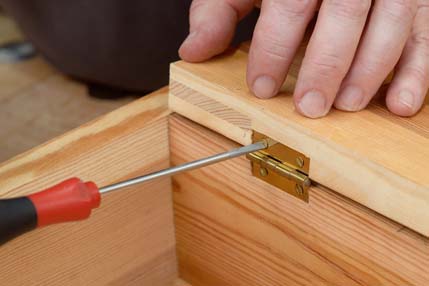
Always screw in soft brass screws by hand
Some screws are only offered with a simple slot. Small brass screws, in particular, are usually only available as slotted screws. The reason behind this is because brass is a very soft screw material. If a brass screw is tightened too much, the screw head will twist off. To prevent this, brass screws are usually not available with Phillips or Torx heads, as they allow for a great deal of force to be transferred.
10. Replace damaged screws immediately
However, if something goes wrong and the screw head is damaged, unscrew the screw immediately and replace it with a new wood screw with an intact screw head. Few things are as annoying as trying to remove an old screw with a damaged head. If the screw is not yet completely screwed in, you can also use combination pliers to unscrew it. Defective screws that are still screwed in or remain in the wood will become stuck over time; they can rust or stick to the wood due to the surface treatment.

